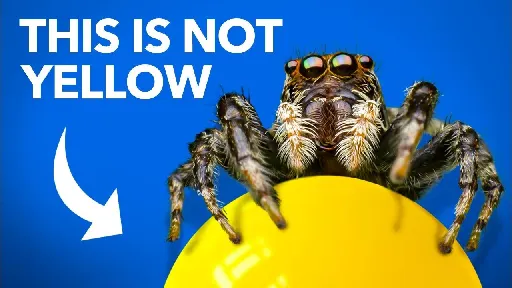Search
New Patient: EL2401 Female Otter Pup (Name TBD)

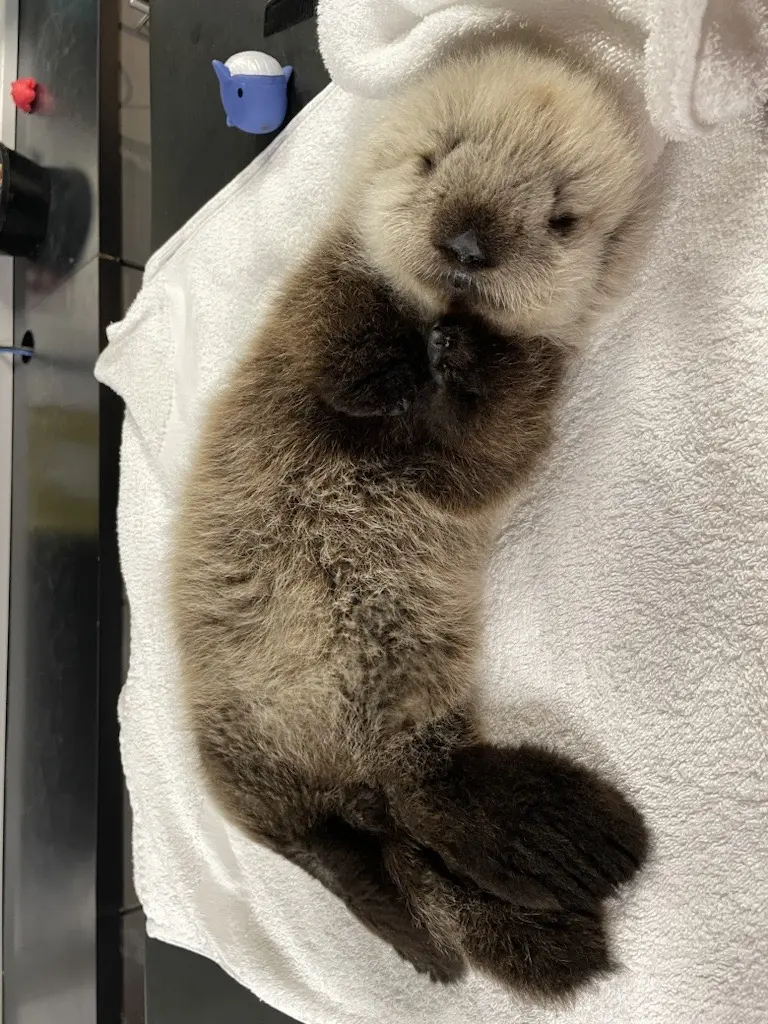
cross-posted from: https://lemmy.ca/post/23517604
> Link to patient profile: https://mmrpatients.org/patient/el2401-female-otter-pup-name-tbd/
>
> Patient Record (as of 2024-06-20)
>
> > Species: Sea Otter > Patient ID: EL2401 > Admitted on: 2024/06/17 > Collection Site: Wikkaninnish Island > Reason for Admission: Maternal separation > Weight at Admission: 2.10 kg > Patient Status: in care > Time in Care: 2 days > Current Habitat: Hospital (Intensive Care) >
>
> Photos:
>
> !
>
> !
>
> !
>
> !
>
> !
Such a perfect ending for a paper!
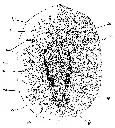
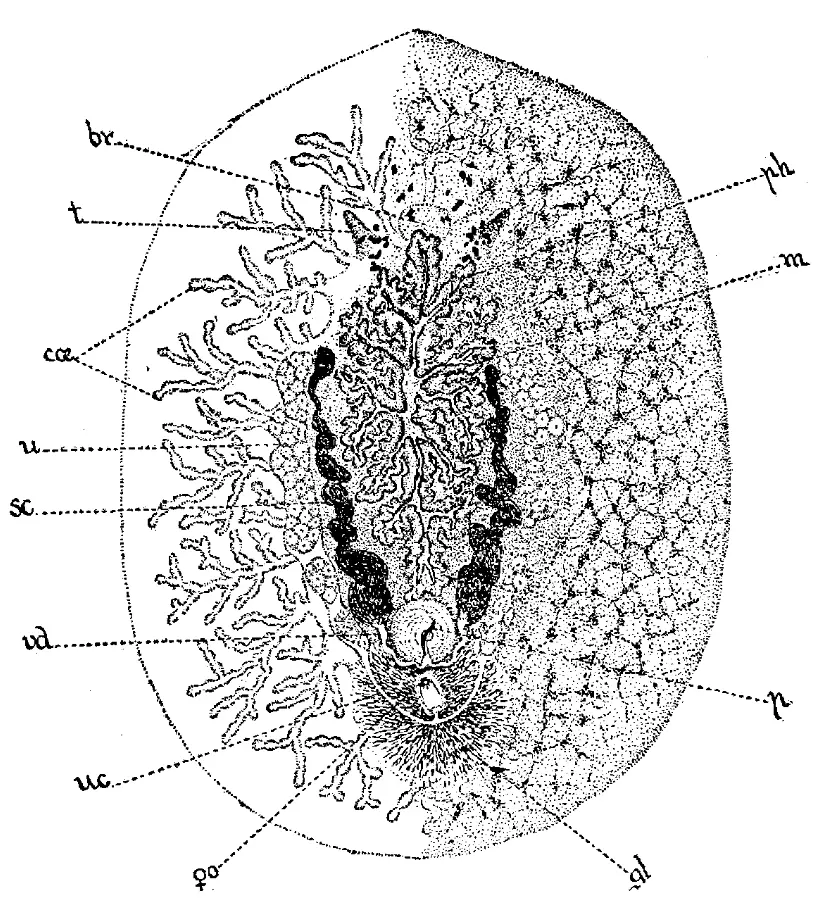
Such a perfect ending for a paper!
"The animals themselves did not long survive in the aquarium. A slow process of dissolution set in at some point on the body, and gradually more and more of the tissue melted away till only the tentacle- and brain-region remained. This crept about for a few days, but finally it, too, disintegrated. THE UNIVERSITY OF CHICAGO, May 12, 1893."
Wheeler, W. M. (1894). Journal of Morphology, 9(2), 195–201. doi:10.1002/jmor.1050090203
Found this moth today
!photo of a fuzzy palm sized moth
Any chance someone knows anything about it? It was found in the Great Lakes area. It's about palm sized, found near a tree by the playground. I returned it to an out of the way place where kids wouldn't mess it it.
TIL about spider number 16, the longest lived spider on record, and the decades long study by researcher Barbara York Main
cross-posted from: https://lemmy.ca/post/21700185
> The article is short so I recommend reading it. I started adding the key points below, but ended up including almost the entire article: > > > Number 16 (c. 1974 – 2016), also known as #16, was a wild female trapdoor spider (Gaius villosus, family Idiopidae) that lived in North Bungulla Reserve near Tammin, Western Australia. She lived an estimated 43 years and became the longest-lived spider on record, beating a 28-year-old tarantula who previously held the title. When Number 16 finally died in 2016, it was not of old age but from a parasitic wasp sting. > > --- > > > On March 1974, Australian arachnologist Barbara York Main began a long-term study of spider families. [...] Main returned to the site annually, sometimes more frequently, for more than four decades. > > > Like other trapdoor spiders, Number 16 spent her entire life in the same burrow, subsisting off the edible insects that walked on her burrow's trapdoor-like silk roof. > > > For her 40th birthday, research assistant Leanda Mason wanted to give the spider a mealworm, but Main denied the request since it would interfere with the study > > > Because of Number 16, Main's project took far longer than she had expected. She continued to work into her late 80s, but she "began to look forward to the project's end," The Washington Post reported. Finally, when Main's own health declined before the spider's, she passed the project on to Leanda Mason. > > > On 31 October 2016, researcher Leanda Mason discovered Number 16's burrow in disrepair. The spider was gone. Evidence suggested she was killed by a parasitic spider wasp > > > “She was cut down in her prime [...] It took a while to sink in, to be honest," said Mason > > > After retiring, Barbara York Main moved to a care facility for Alzheimer's. Leanda Mason, who kept in contact with her mentor, said in 2018 that Barbara "remembers No. 16" but "forgets that she’s died."
New paper from Ikeda et al. on the biogenesis of chitin bristles in the annelid #Platynereis with nice #vEM reconstructions and a chitin synthase knockout.

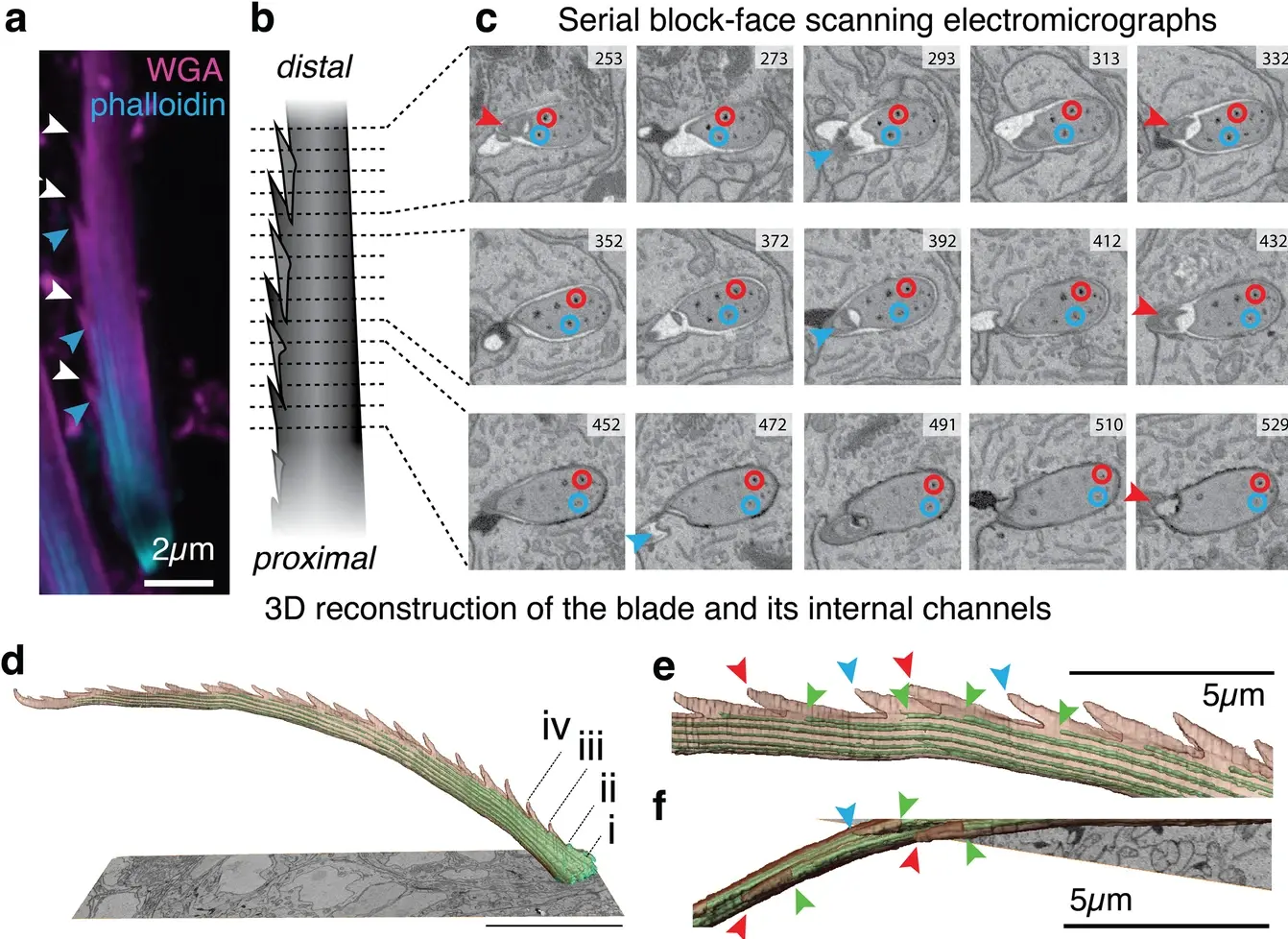
New paper from Ikeda et al. on the biogenesis of chitin bristles in the annelid #Platynereis with nice #vEM reconstructions and a chitin synthase knockout. Bristles are formed in a process of biological 3D printing. @biology \#microscopy https://www.nature.com/articles/s41467-024-48044-3
Virgin Births: Inbreeding with Yourself

YouTube Video
Click to view this content.
Six stories of parthenogenesis:
- Rays
- Sharks
- California Condors
- Honeybees
- Whiptail lizards
- Amazon Mollies
Still time to sign up to our COS Symposium 2024

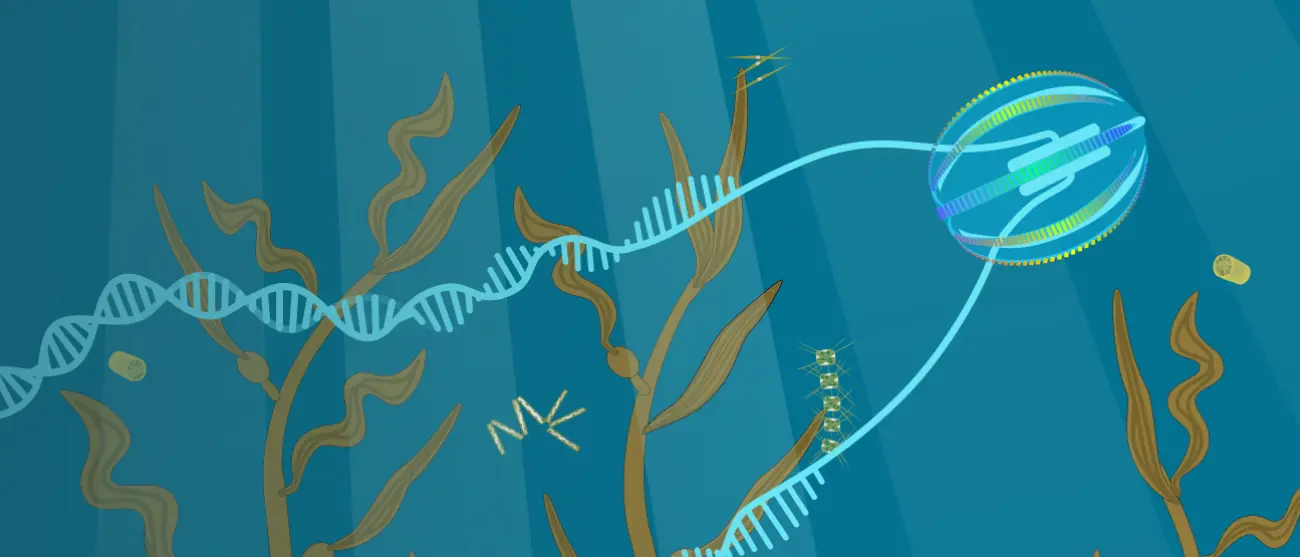
Still time to sign up to our COS Symposium 2024
"Life in Context: Organismal sensing and adaptation in the natural environment"
in Heidelberg July 22-23, 2024.
Free registration.
with @vincentflora, @NicoleDubilier, @GonzalezLab and many other great speakers
Beautiful new study by Michael Bok, Macali & Garm on the high-resolution eyes of the enigmatic alciopid annelids, from Ponza island.
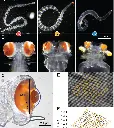
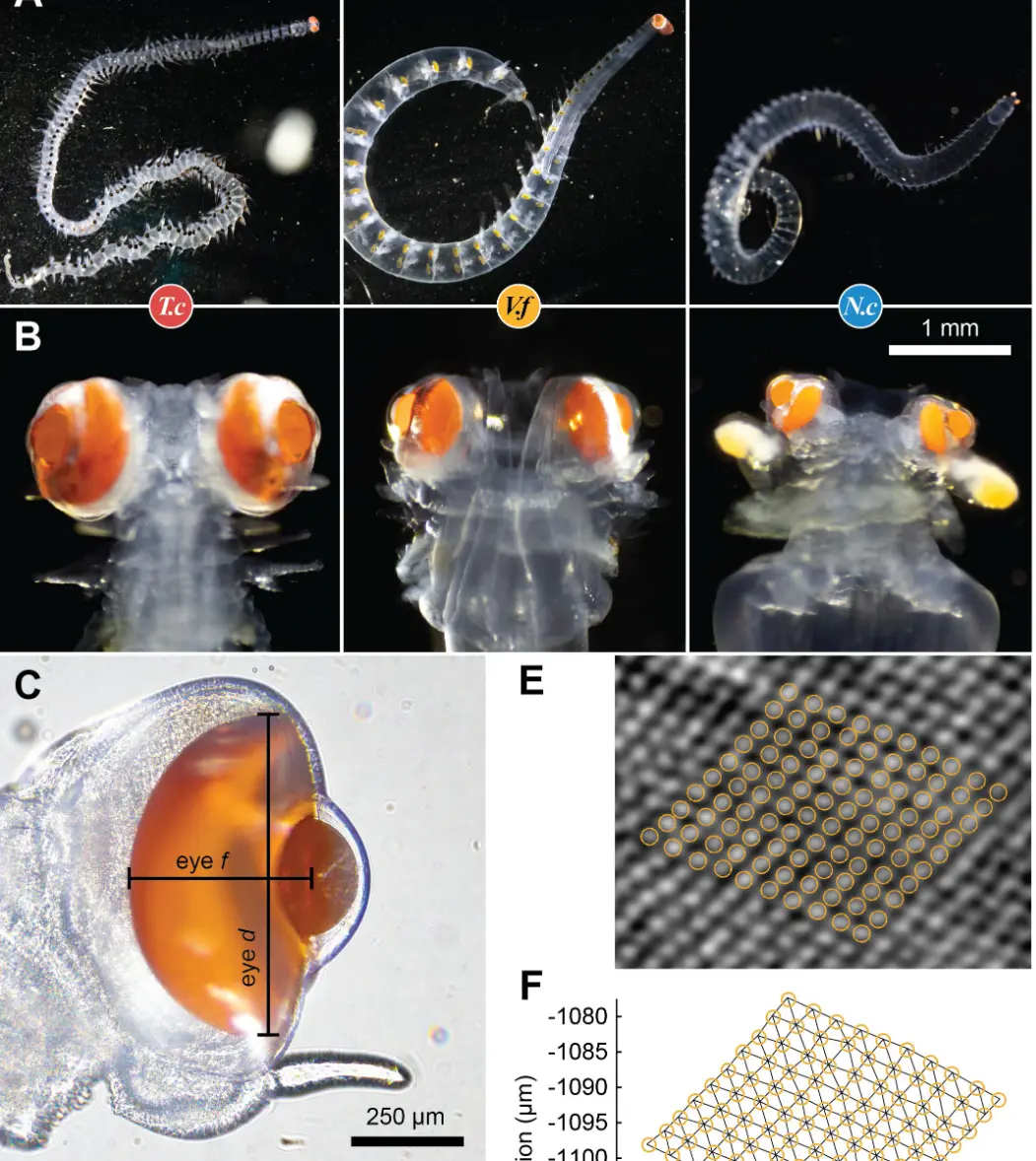
Beautiful new study by Michael Bok, Macali & Garm on the high-resolution eyes of the enigmatic alciopid annelids, from Ponza island. "Our results show that the eyes of alciopids possess the anatomical, morphological, and physiological properties requisite for high resolution tasks and object vision" https://doi.org/10.1016/j.cub.2024.02.055 \#annelid #Evolution #eye @biology @mikebok
We have now published a new and massively extended/reworked preprint of the whole-body #Platynereis larval #connectome with over 50 figures

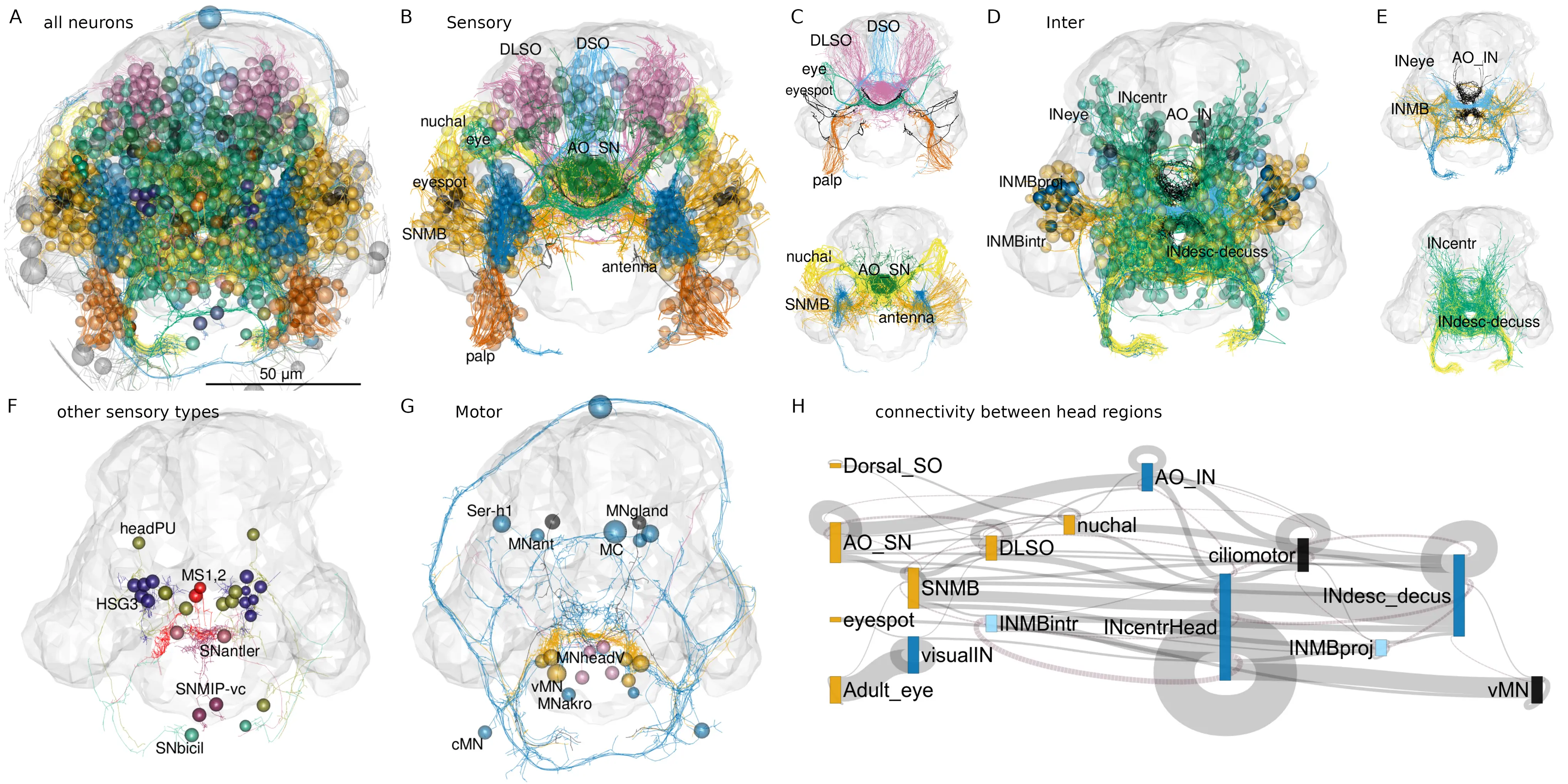
We have now published a new and massively extended/reworked preprint of the whole-body #Platynereis larval #connectome with over 50 figures
https://www.biorxiv.org/content/10.1101/2024.03.17.585258v1
All the analyses, plots and figures should be reproducible in #rstats with the code provided:
https://zenodo.org/doi/10.5281/zenodo.10825370
by querying our public #CATMAID database:
Press release at @eLife of our paper exploring the mechanism of pressure sensing by UV light sensors in #Platynereis larvae

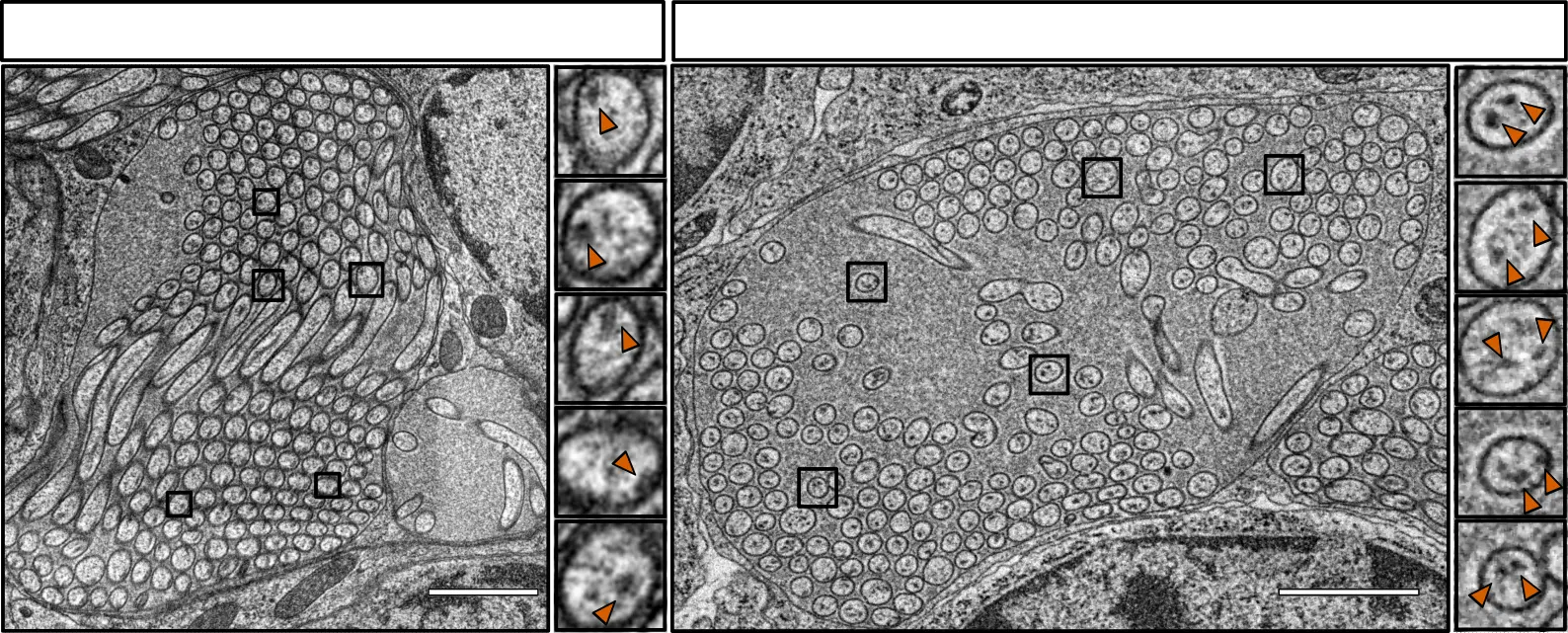
Press release at @eLife of our paper exploring the mechanism of pressure sensing by UV light sensors in #Platynereis larvae
Luis Alberto Bezares Calderón et al. paper here: https://elifesciences.org/reviewed-preprints/94306
A new study argues that Perucetus, an ancient whale species, was certainly big, but not as big as today’s blue whales.
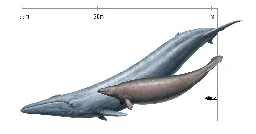
Interesting review by Maria Sachkova on the #ctenophore nervous system and the challenges of studying it.

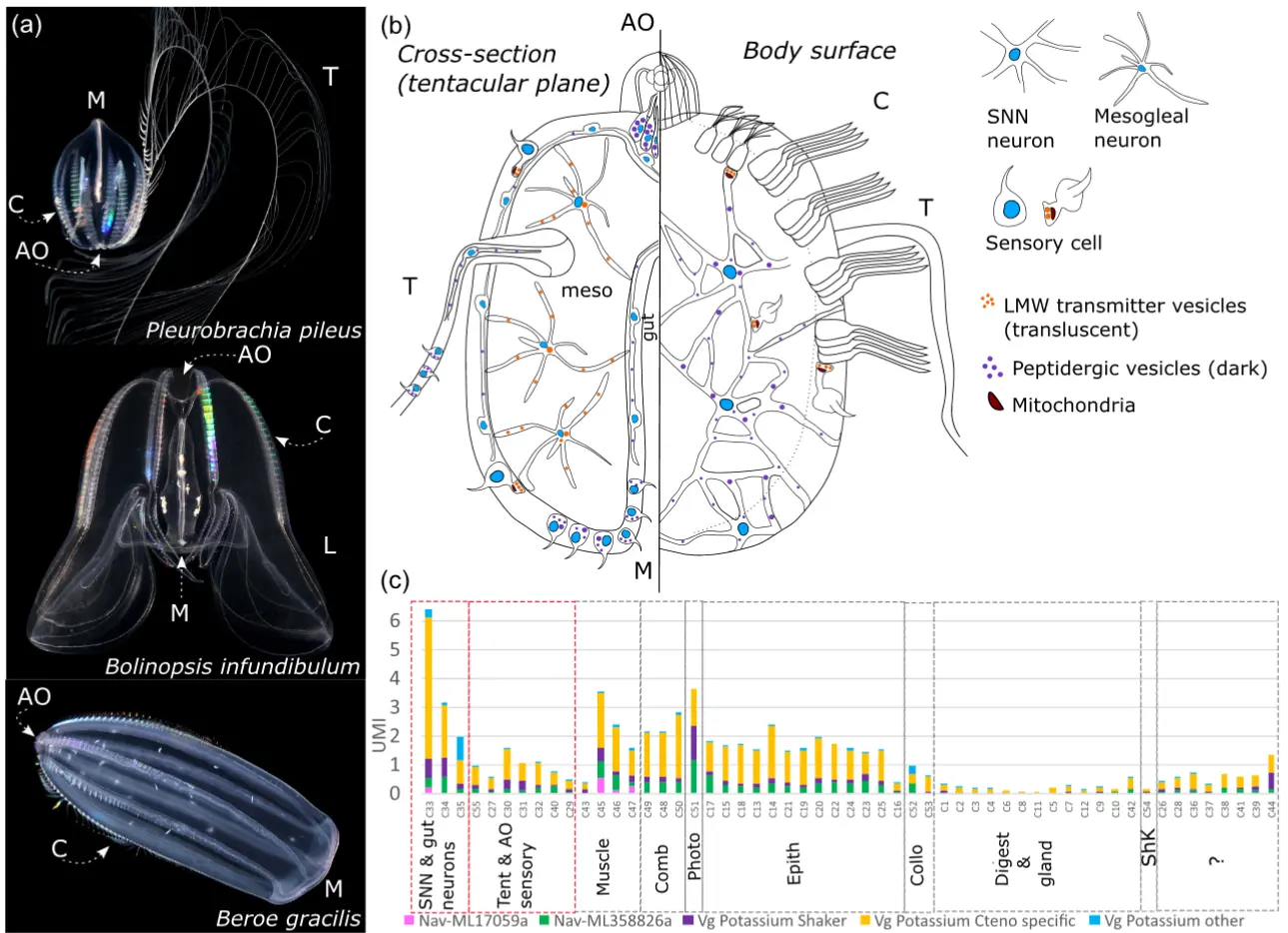
Interesting review by Maria Sachkova on the #ctenophore nervous system and the challenges of studying it. https://doi.org/10.1111/ede.12472 \#neuroscience @biology
Scientists identified a new strain of a parasite that causes the disease leishmaniasis, and they mainly found it in people who had not recently traveled outside the U.S.
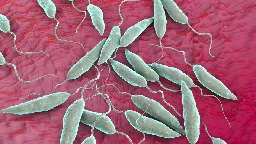
Scientists identified a new strain of a parasite that causes the disease leishmaniasis, and they mainly found it in people who had not recently traveled outside the U.S.
The parasitic disease leishmaniasis used to crop up in the U.S. mostly among people who had traveled to tropical regions. But now, a unique, local strain of the parasite may be gaining a foothold in the country, a new study suggests.
In addition, there are potential concerns that imported dogs may be driving the spread of another form of the disease, a second research group has cautioned.
Leishmaniasis is a neglected tropical disease caused by parasites; it spreads to humans through the bites of female sand flies (Phlebotomus), although in rare cases it can also spread via blood transfusions or through sharing contaminated needles. The most common form of the disease, called cutaneous leishmaniasis, causes skin sores and ulcers to erupt where someone is bitten, and if left untreated, these can become disfiguring scars.
Cutaneous leishmaniasis has been detected in the U.S. before, notably in Southern states, such as Texas. However, such cases have been sporadic and seen mainly in people who have returned to the U.S. from countries where it's endemic, meaning where it typically spreads, such as parts of Central and South America, the Middle East, the Mediterranean and Central Asia.
In the first of two presentations given Thursday (Oct. 19) at the Annual Meeting of the American Society of Tropical Medicine and Hygiene (ASTMH) in Chicago, researchers reported that they detected a genetically distinct strain of a Leishmania parasite that causes cutaneous leishmaniasis. The newfound strain belongs to the species Leishmania mexicana, and it's different from strains that typically cause imported leishmaniasis cases in the U.S.
That suggests that the new strain is being spread by U.S. sand flies, Vitaliano Cama, one of the study's leaders and a senior adviser with the Centers for Disease Control and Prevention's Division of Parasitic Diseases and Malaria, told Live Science.
To arrive at these findings, the researchers genetically sequenced more than 2,000 tissue samples from patients with suspected cutaneous leishmaniasis across 50 U.S. states, Puerto Rico and the U.S. Virgin Islands between 2005 and 2019. As of 2018, more than 80 cases of locally-caught human leishmaniasis have been reported in the U.S., but it's difficult to accurately estimate the case numbers.
That's because, while cutaneous leishmaniasis is a reportable condition in Texas, meaning diagnoses must be reported to local public health officials, this isn't the case nationally. The new analysis therefore acted almost as a proxy for surveillance, allowing researchers to get a sense of how often the disease occurs, Cama said.
Leishmania parasites were identified in 1,222 of the more than 2,000 tissue samples; more than 1,100 of the samples were from people who had traveled internationally, while 86 were from nontravelers. Of these 1,222 samples, 164 were L. mexicana, of which 52 cases, or 32%, occurred in Texas. L. mexicana was the most common species found among nontravelers, with more than 60% testing positive for it.
The team detected two distinct strains of L. mexicana: ACT and CCC. The first appeared dramatically more prevalent in travelers, while the latter was much more common in nontravelers, especially those in Texas.
"These findings offer evidence that leishmaniasis may be endemic in the United States," the authors wrote in their abstract.
It is still unknown what pressures caused the CCC strain to evolve or whether it can spread between sand flies and humans more easily than other strains, Cama said. But the team hopes that their analysis will make it easier to detect locally-acquired cutaneous leishmaniasis cases if they crop up in additional regions of the U.S.
There are also concerns that a different, deadlier form of the disease, called visceral leishmaniasis, may start spreading in the U.S., a second research group said at the ASTMH meeting.
Visceral leishmaniasis is usually caused by the species L. donovani and L. infantum. The disease can cause fever, weight loss, anemia, and spleen and liver enlargement, and it's fatal in more than 95% of cases that aren't treated. In their presentation, the researchers cautioned that U.S. sand fly populations could be picking up L. infantum by feeding on imported dogs that carry the parasite.
"There's been a slow trickle of [infected] dogs being imported into the U.S.," specifically from countries where L. infantum is endemic, such as Turkey, Christine Peterson, director of the Center for Emerging Infectious Diseases at the University of Iowa, told Live Science. Indeed, there have been past reports of L. infantum-carrying dogs being imported to the U.S. and Canada, and it's known that at least some breeds can pass the parasite to their puppies during pregnancy.
"It turns out, because of where they came from, and exposures that usually their mom had, [these dogs] have had Leishmania infantum," Peterson said.
Peterson suspects that this issue could come to a climax due to several factors, including an uptick in people rescuing dogs from endemic countries, a lack of screening for these imported dogs, and a warming climate that could allow sand flies to expand their range. For these reasons, Peterson and her colleagues proposed a new risk assessment tool that could be used by veterinarians and public health officials to screen imported dogs and help control infection.
The new tool has yet to be tested, but Peterson said that her team will be providing it to state veterinarians and agencies for immediate use.
In the meantime, "the most straightforward way to control this disease, because dogs really are the reservoir, is to put the basic flea- and tick-insecticide impregnated collars on them or use some of the topical or oral ones," Peterson said.
This article is for informational purposes only and is not meant to offer medical advice.
If you like (https://mstdn.science/tags/Automation) and (https://mstdn.science/tags/Science), you may like Pypr. We develop free and (https://mstdn.science/tags/ope


If you like #Automation and #Science, you may like Pypr. We develop free and #opensource software that make research and development more accessible, reproducible, and cost-efficient. To support our cause, please share and stay tuned for upcoming opportunities.
\#OpenScience #FOSS #technology #research @biology @arxiv\_bio @biorxiv\_evobio @PLOSBiology @evodevo\_papers @necrosis @ct\_bergstrom @martinangler
Some (https://battleangels.net/tag/lemmy) communities you can follow and post to from mastodon etc
Some #lemmy communities you can follow and post to from mastodon etc
@fediverse @formula1 @classicalbums @music @biology @science
Community browser search https://browse.feddit.de/
I have a guide for how to do this at home! Wouldn't let me add the pictures for some reason
[Critics] also pointed out that it’s not clear whether the formulation in the spray that keeps the RNA stable is safe because the ingredients are confidential.
I'm love to know how they're doing it. RNA is insanely unstable.
The video includes updates and information on neonatal sea otter behavior
See more updates from the rescue center over in [email protected]
@Sedathems it's about a polyclad flatworm, related to this beauty
https://www.reeflex.net/tiere/12181_Prostheceraeus_floridanus.htm
No expert here, but Toxoplasma gondii come to mind.
@Sal Thank you! Indeed, the opsin is not the sensor, but we can use a mutation in the opsin gene to disrupt the ciliary superstructure and then we see a phenotype in pressure sensing, and also in UV light sensing, as we previously described: https://elifesciences.org/articles/36440
@dpunked Thank you! A bryozoan larva would be nice! Maybe one day we will get there...
@jekely
Awesome!
This is the best summary I could come up with:
“The numbers don’t make any sense,” said Nicholas Pyenson, a paleontologist at the Smithsonian National Museum of Natural History and one of the authors of the new study.
In their new analysis, Dr. Pyenson and Ryosuke Motani, a paleontologist at the University of California, Davis, concluded that Perucetus probably weighed 60 to 70 tons, which would have made it about the size of a sperm whale.
Dr. Urbina and his colleagues reconstructed the full skeleton of Perucetus by studying the much smaller whales that lived at the same time.
They also drew inspiration from living manatees, which have dense skeletons that let them stay underwater to graze on sea grass.
Eli Amson, an expert on bone tissue at the State Museum of Natural History in Stuttgart, Germany and an author on the original study, disagreed with the new approach.
They are finding that Perucetus was even more manatee-like than they originally believed, strengthening their conclusion that it rivaled or surpassed the blue whale in weight, he said.
The original article contains 648 words, the summary contains 167 words. Saved 74%. I'm a bot and I'm open source!
This is the best summary I could come up with:
But as the seconds displayed on a timer at the bottom of the screen tick away, half the mice begin to stir—the first evidence that a chemical agent designed to turn on specific neurons associated with appetite is reaching its targets.
So by exciting the hunger neurons in those mice, Lowell catalyzed a storm of neural activity that spread to the cerebral cortex and other higher-order processing centers, leading directly to a chain of complex goal-directed behaviors (ineffective though they turned out to be).
To answer that question, Lowell has teamed up with Mark Andermann, a neuroscientist who studies how motivation shapes perception (and who also happens to occupy the office next to his at Boston’s Beth Israel Deaconess Medical Center).
They believe identifying these neurons will make it possible to study how a simple basic impulse—in this case, a signal from the body that energy stores are beginning to run low and need to be replenished—propagates through the brain to dominate our conscious experience and turn into something far more complex: a series of complicated, often well-thought-out actions designed to get food.
When Lowell opened his own lab at Beth Israel Deaconess Medical Center in the early 1990s, after earning an MD and PhD at Boston University, he studied metabolism in tissues like muscle, organs, and fat that were connected to the brain through the peripheral nervous system.
The discovery added further evidence to the idea that obesity was biologically determined, and more specifically to the concept of a “set point” when it comes to weight—a predetermined weight, fat mass, or other measurable physiological characteristic that the body will defend.
The original article contains 4,268 words, the summary contains 271 words. Saved 94%. I'm a bot and I'm open source!
Head to: https://archive.ph/
Copy the URL of the paywalled article into the "I want to search the archive for saved snapshots" textbox! [blue, bottom box]
Can also archive an article for others to use if you copy a non-paywalled article into the "My url is alive and I want to archive its content" textbox. [red, top box]
-- Editing to add -- can also just append "archive.is/" to the beginning of the URL and it will take you to the list of non-parywalled, archived versions of the article
[https://www.theatlantic.com/science/archive/2024/01/fetal-maternal-cells-microchimerism/676996/] becomes
[This comment has been deleted by an automated system]
Direct links:
- MBARI page with photos and videos: Giant phantom jelly • MBARI
- @SchmidtOcean tweet with video
Nitter link
This is the best summary I could come up with:
Although the CRISPR-Cas system evolved as a bacterial defense mechanism, it has been harnessed and adapted by researchers as a powerful tool for genetic manipulation in laboratory studies.
Although they differ in detail, they all have the same appeal: They deliver proteins to a given sequence of genetic material with a degree of specificity that has heretofore been technically difficult, expensive, and time-consuming to achieve.
Many of the systems they found are rare and only appeared in the dataset in the past 10 years, highlighting how important it is to continue adding environmental samples that were previously hard to attain into these data repositories.
The scientists further characterized some of these and found one to be more specific than the CRISPR enzymes currently in use, and another that cuts RNA that they propose is structurally distinct enough to comprise an entirely new seventh type of CRISPR-Cas system.
The authors set out to find “a catalog of RNA-guided proteins that expand our understanding of the biology and evolution of these systems and provide a starting point for the development of new biotechnologies."
They go on to conclude: “This represents only a small fraction of the discovered systems, but it illuminates the vastness and untapped potential of Earth’s biodiversity, and the remaining candidates will serve as a resource for future exploration.”
The original article contains 961 words, the summary contains 219 words. Saved 77%. I'm a bot and I'm open source!
@geometry dash meltdown Biologically, when the body is hungry, there can be changes in the hormone system and nerve signals, which can affect mood and emotions.
Citing from the introduction of the original scientific paper: "Two main types of extrachromosomal DNA can be found in nearly all cell types. Endogenous extrachromosomal DNA encompasses circular DNA and linear DNA fragments excised from chromosomes. In contrast, extrachromosomal DNA of exogenous origin has been introduced into cells from the environment during viral or bacterial infections or during DNA transfection."
High-strength and ultra-tough whole spider silk fibers spun from transgenic silkworms
The worms still get killed though not en masse... yet.
Here's another source that isn't behind a paywall, and even has the audio so you can listen to it. It's really amazing.
Well, it is technically differential equations, but with weighted inputs like a NN. Here's the equations



for each node (gene/morphogen) i. zi is the concentration of morphogen i, zj is that of j. f(x) is the sigmoid function, k1 is the maximum rate of expression, k2 is the degradation rate, b is the bias. wij is the weight for an edge from j to i.
This is just written in python, so the network is defined by a matrix with each number representing the weight between two of the edges. I ignore the edge if it's weight is zero.
What are the standard symbols for genetic circuits?
edit: sorry it's impossible to see the equations if you have a black background.
I'm not sure about this particular paper, but usually you can compare the number of mutations in a common protein and use that to estimate how long ago a common ancestor existed. As an example here is a graph of the number of mutations in mitochondrial DNA for the protein Cytochrome C. The more mutations you accumulate in a genome the larger amount of time since they split from a common ancestor.
